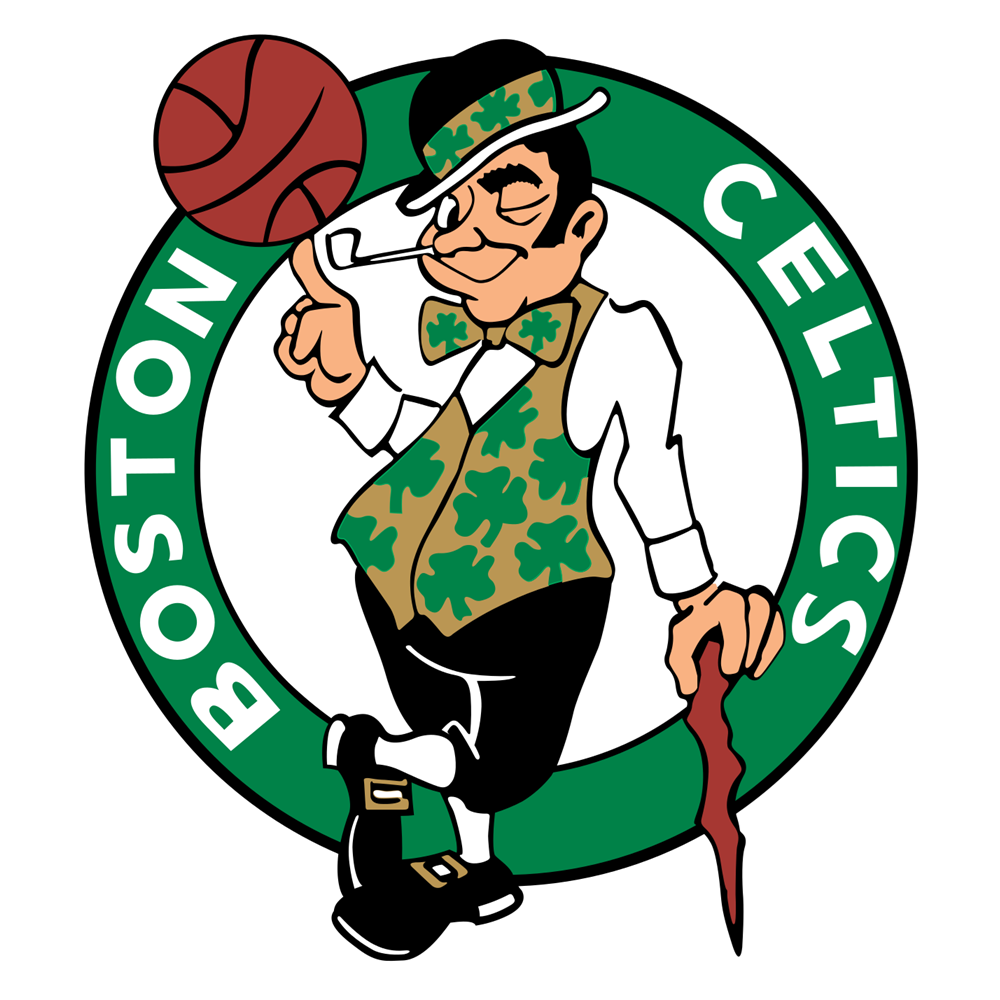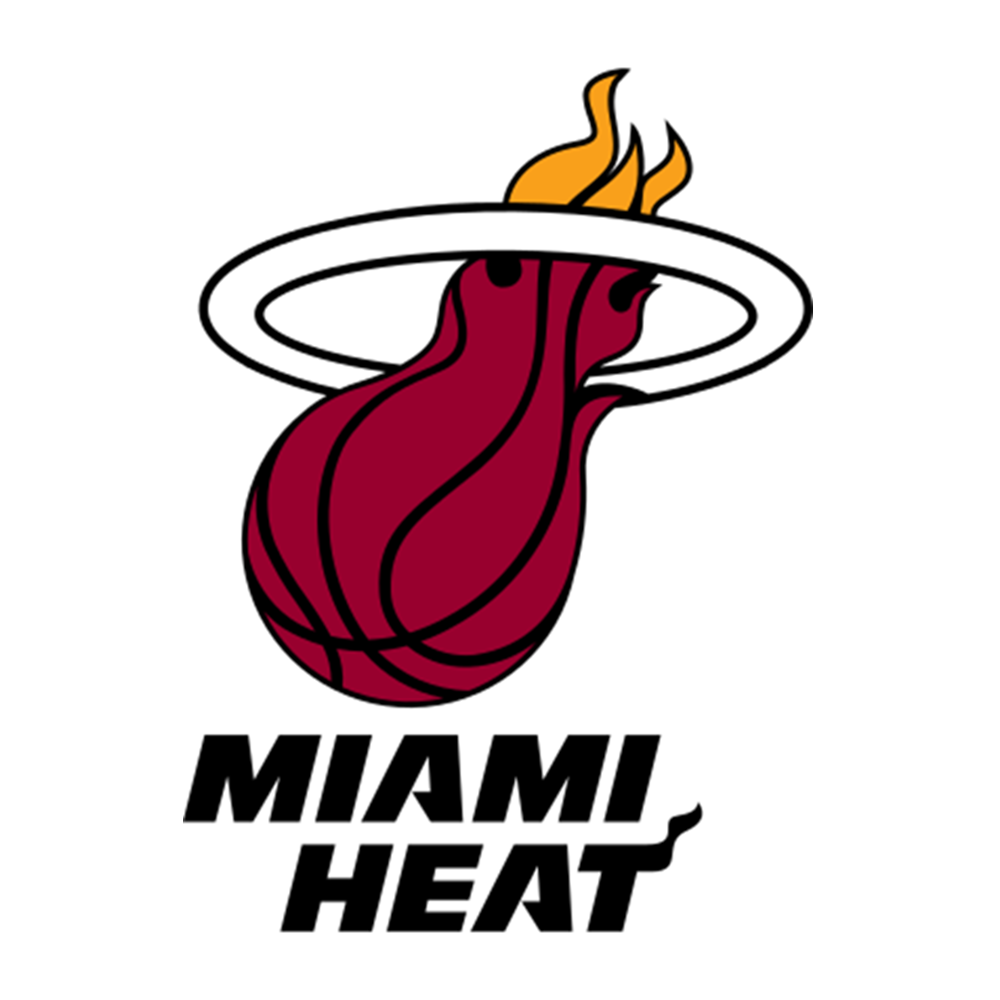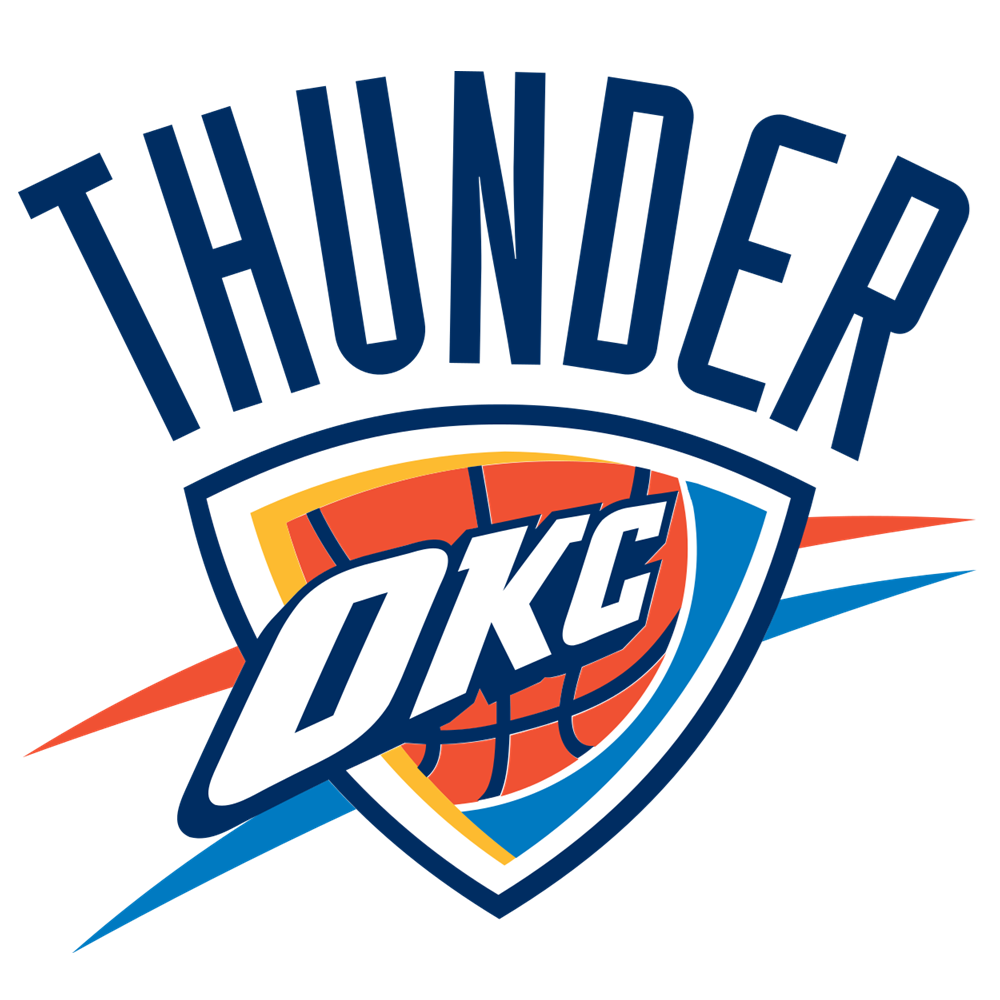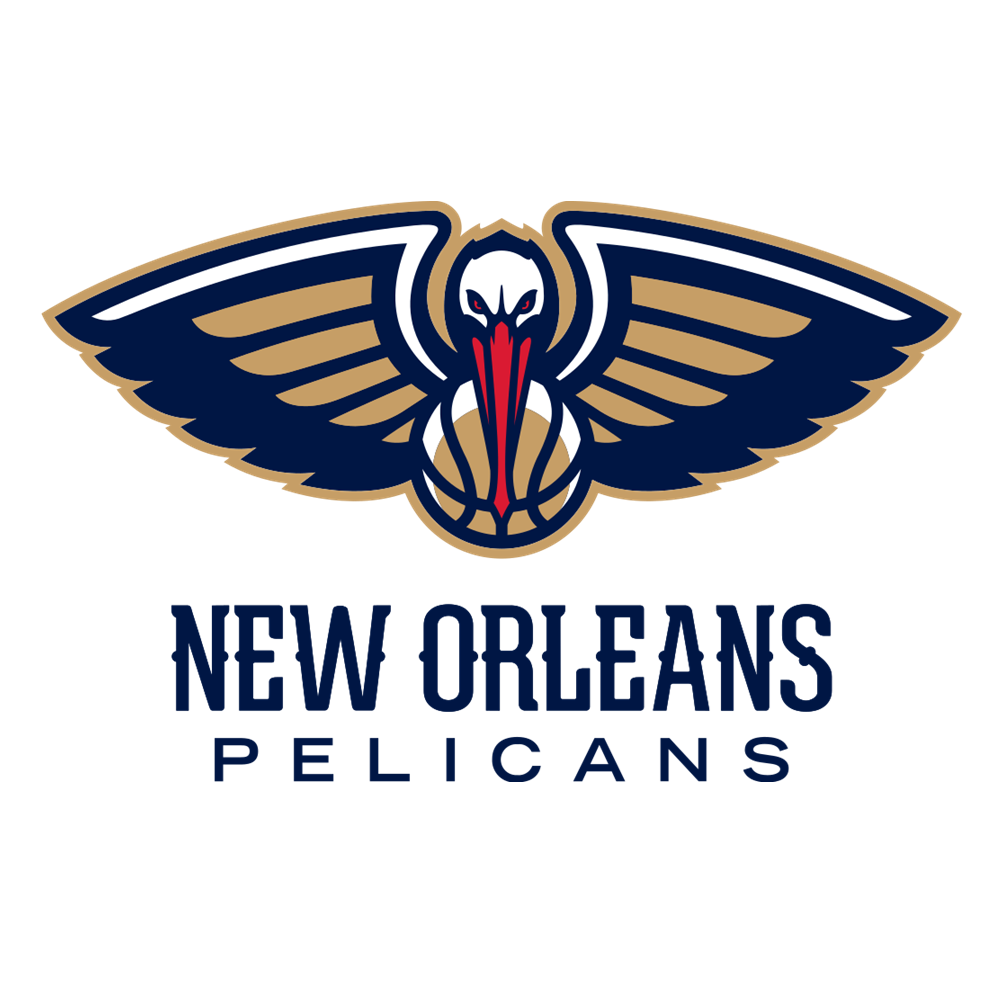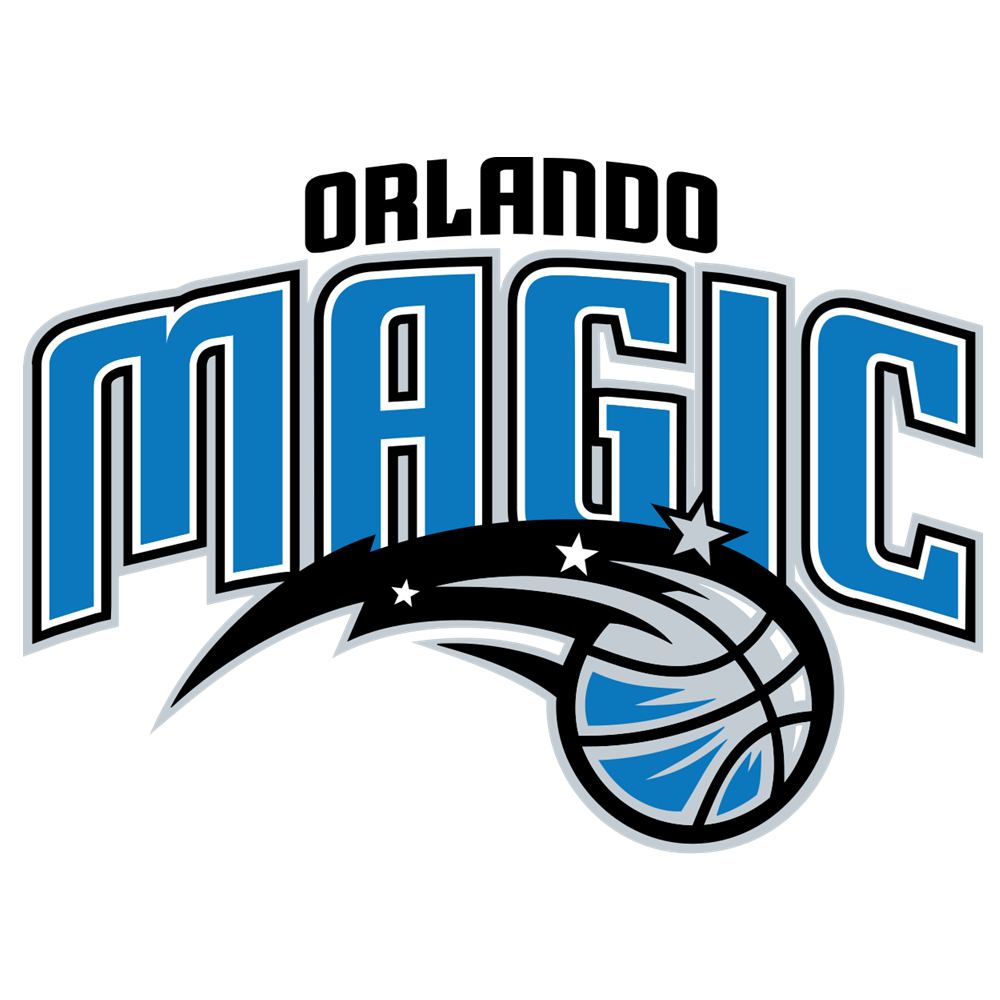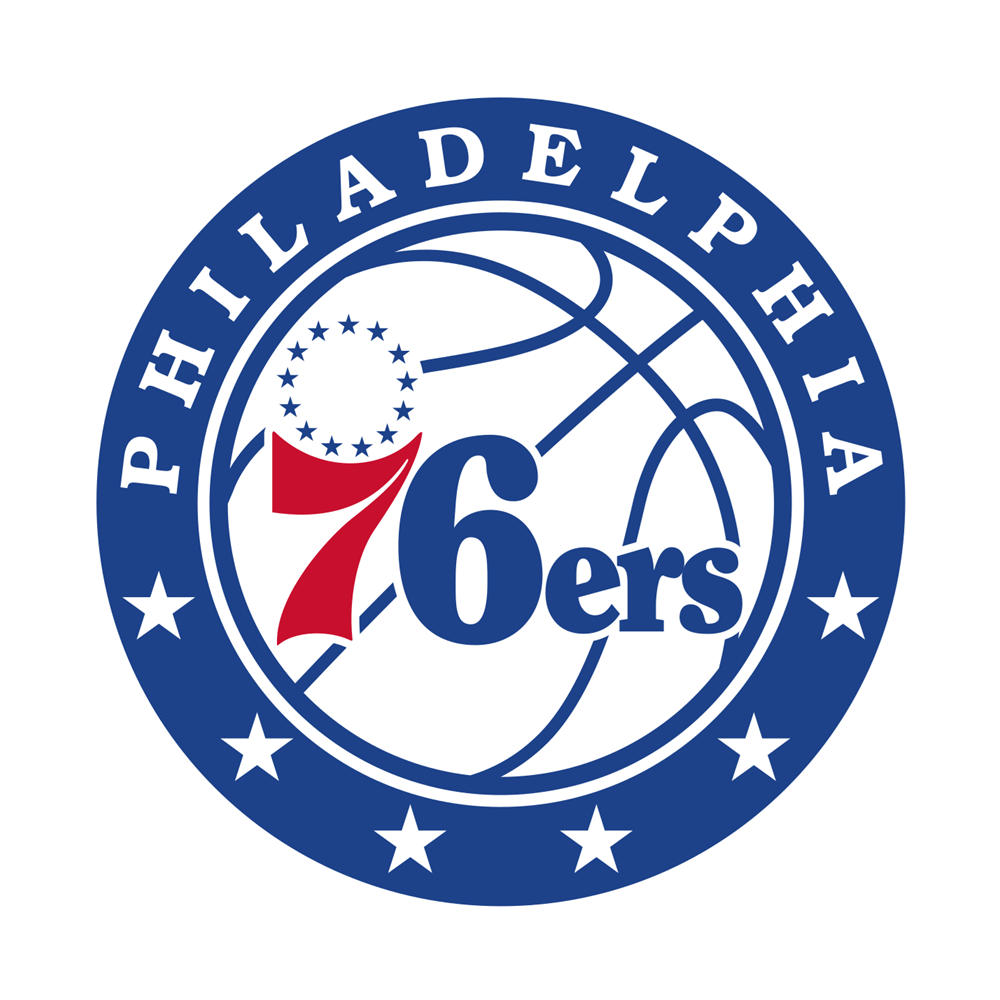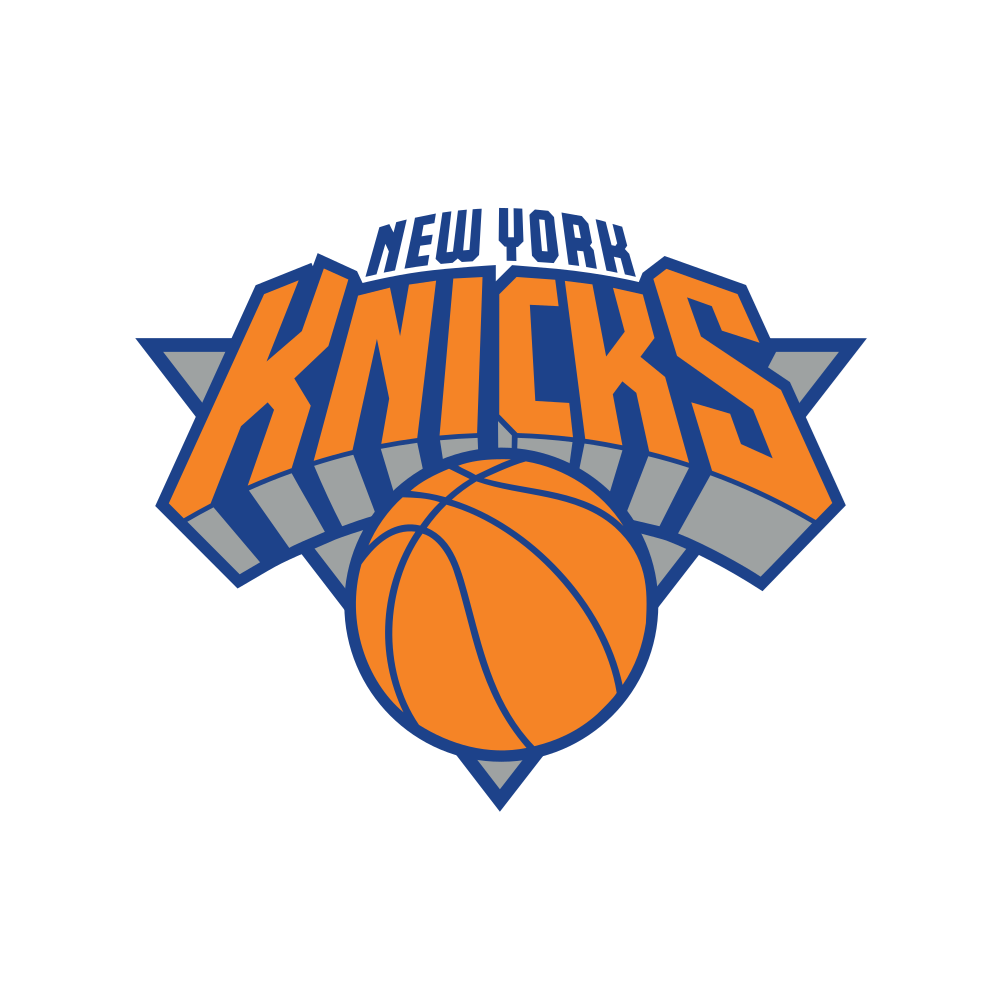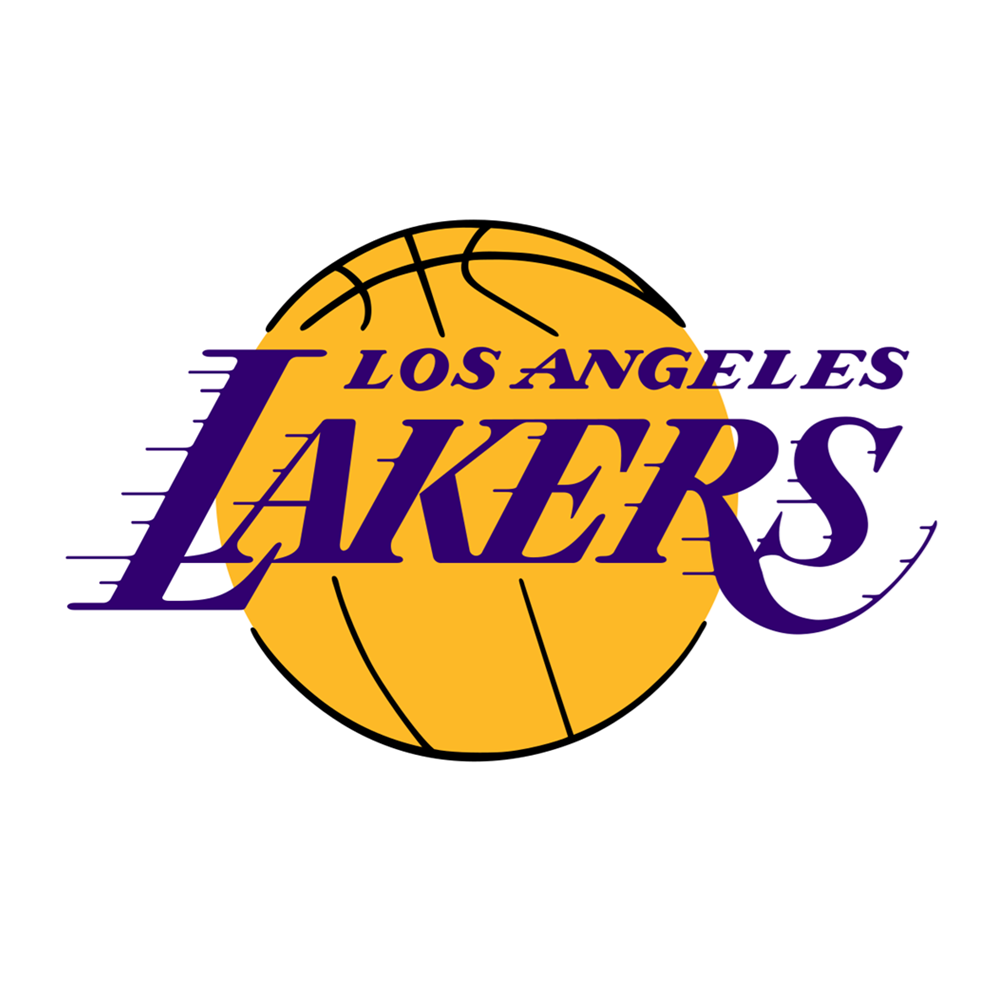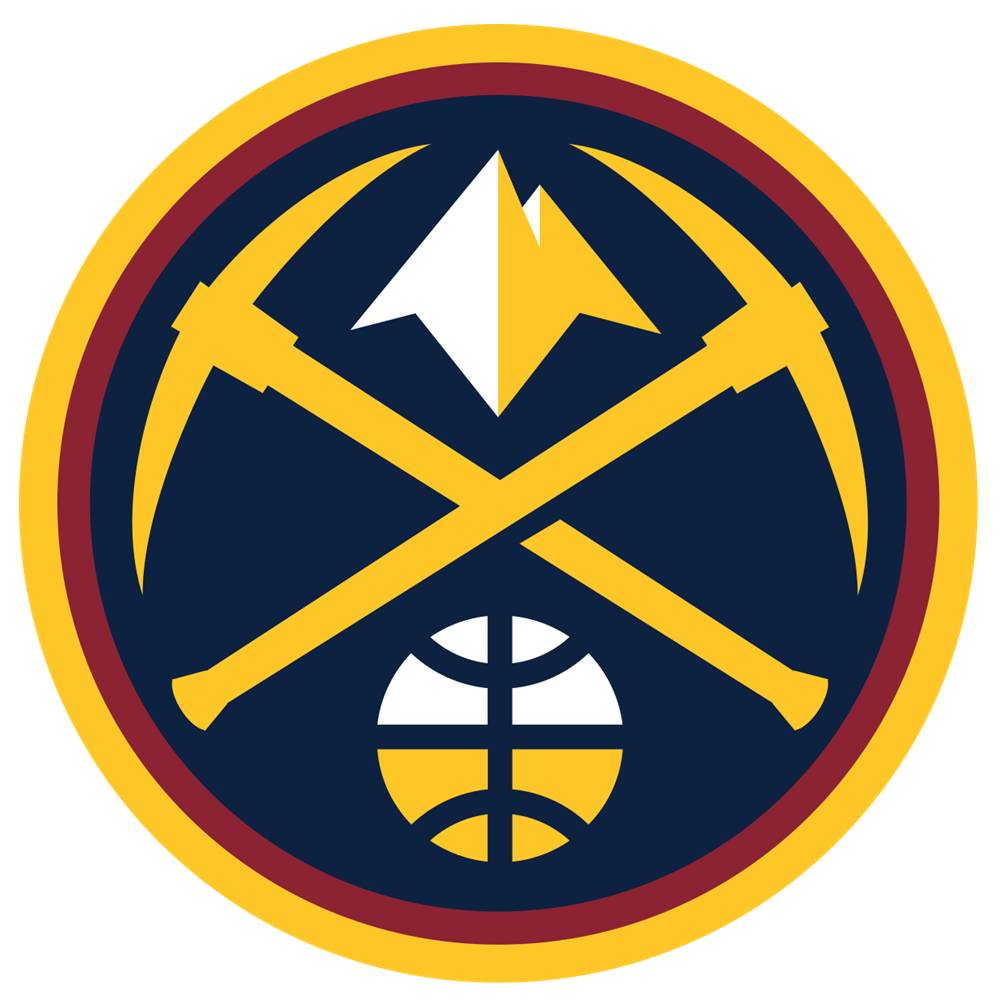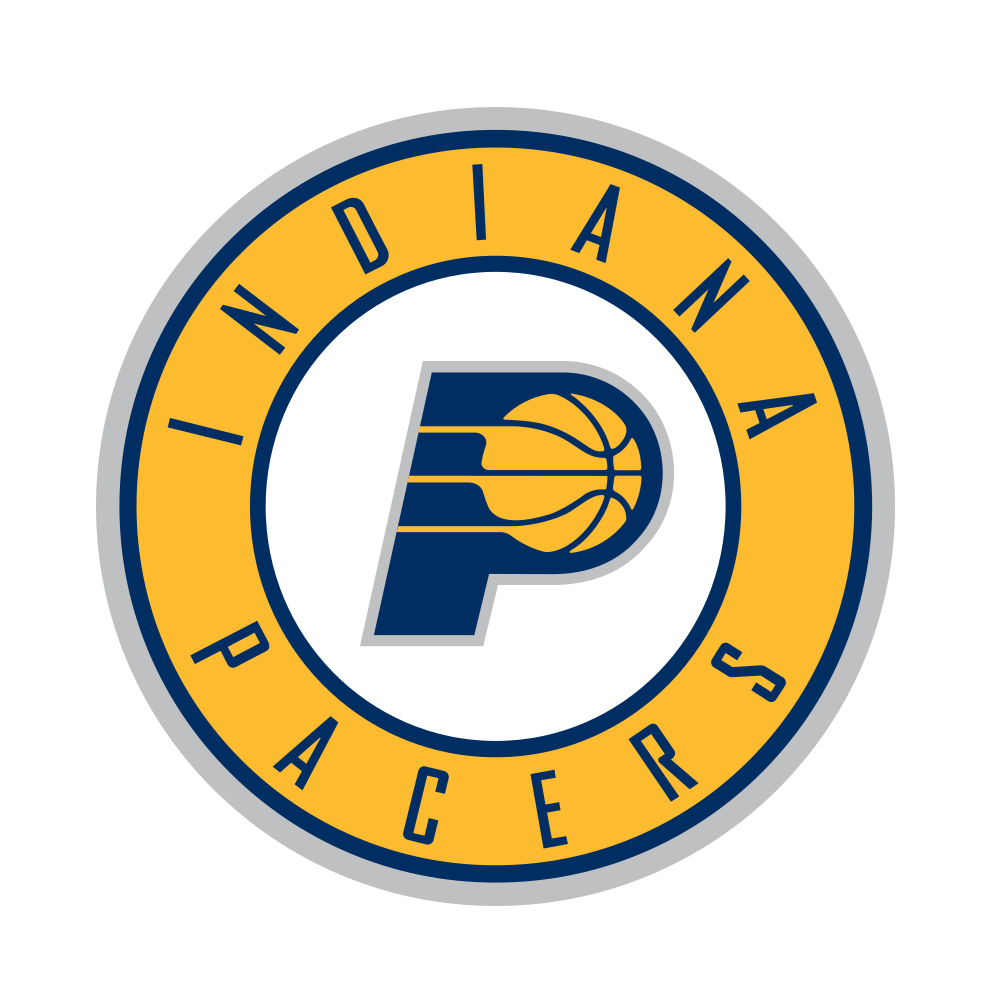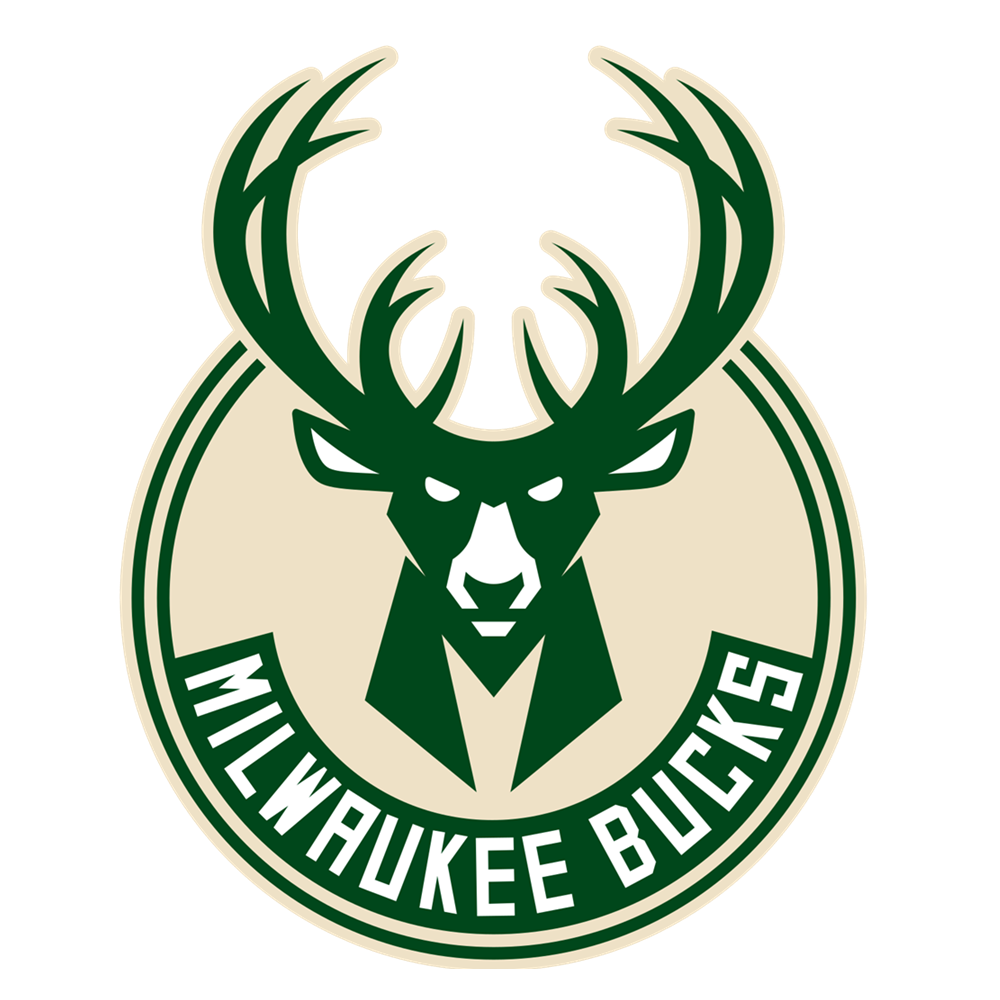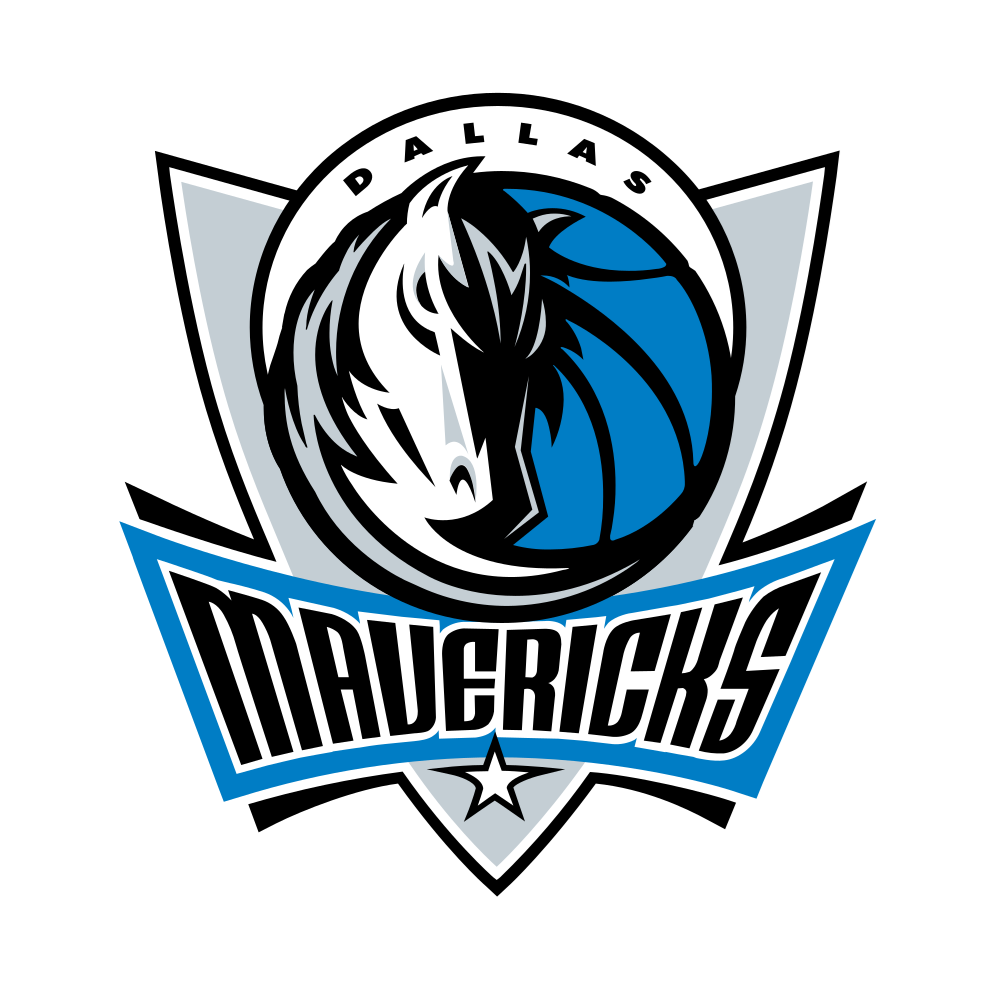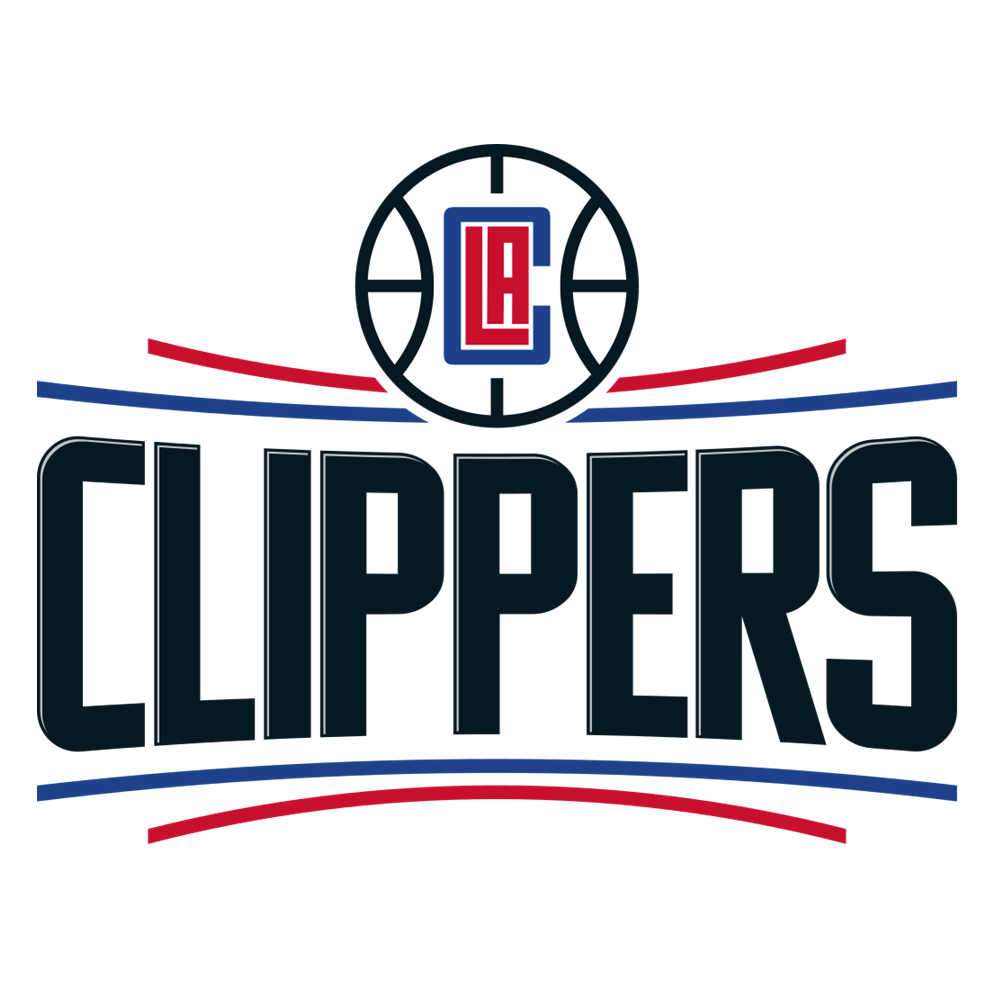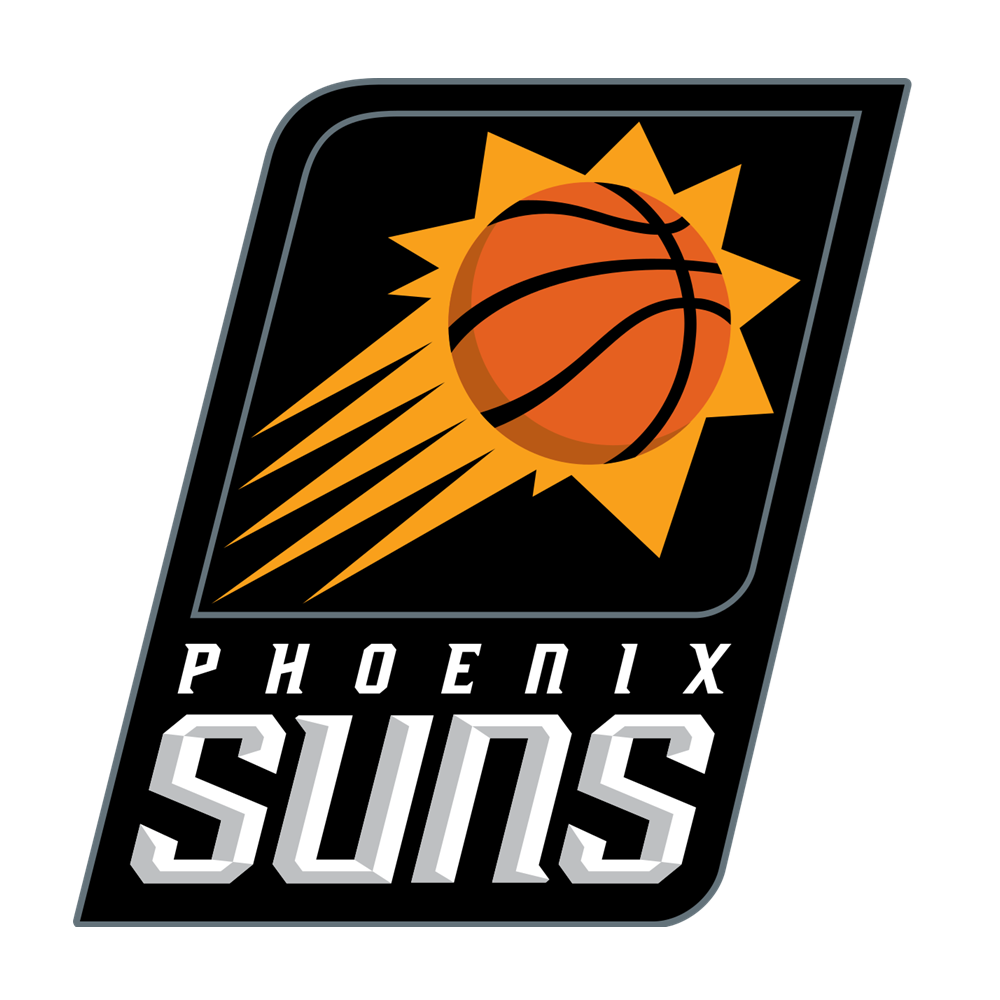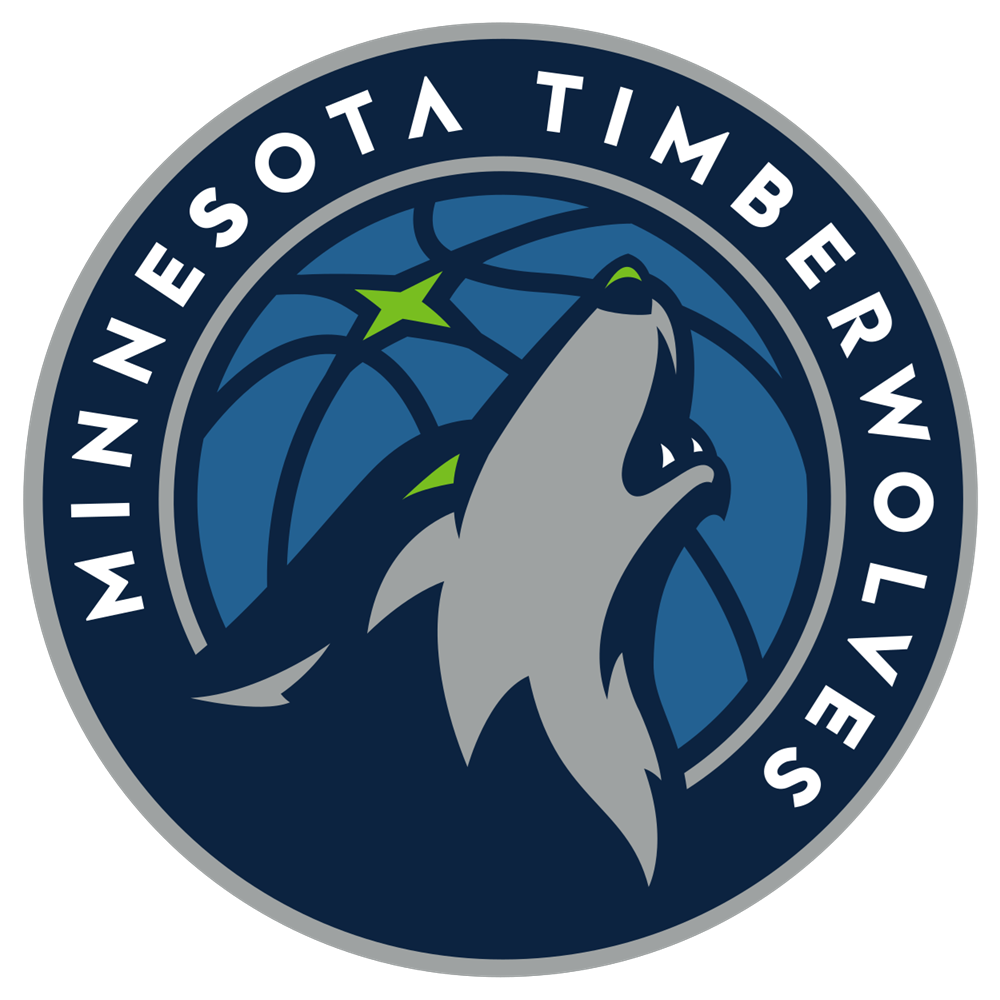The 2018 NBA trade season has begun with a jaw-dropping move.Merely one day after the rumour broke that shooting guard Avery Bradley was available in trade, the Detroit Pistons have agreed to move him, plus Tobias Harris, Boban Marjanovic, a lightly protected 2018 first-round pick and a 2019 second round pick, to the L.A. Clippers in exchange for Blake Griffin, Willie Reed and Brice Johnson. The news was first reported by Adrian Wojnarowski of ESPN.com, only 28 minutes after he initially reported Griffin was available.With this move, the Pistons seek to get themselves back into contention in the Eastern Conference. Sliding down to a 22-26 record in recent times and struggling badly in the absence of Reggie Jackson, the Pistons - who have always eschewed a full rebuild - have acquired an All-Star calibre player (albeit not an actual All-Star this season) without giving up Jackson or Andre Drummond to do so. In doing so, they have made a bold statement of intent - they are not looking to slide backwards any further.The Pistons add a player in Griffin who upgrades on Harris without fundamentally shifting from his playing style. Harris has developed as a face-up four man throughout his career, and is playing some of the best basketball of his career, but he is not a needle-mover. Griffin, it is assumed, will be.Griffin now needs to fit. Most pertinently, he needs to fit next to Andre Drummond. Drummond is having a phenomenal year; finally reworking his historically bad free throw shooting over the summer and getting it to an acceptable level has in turn bolstered his entire offensive game, as he is now more trusted to catch the ball and work with it. Running endless dribble hand-offs and high post passing plays has seen him become a big-assist player out of nowhere, requiring being guarded in the foul line area due to his ability to drive from there even if he still has no jumper. That game now needs to fit with Blake.This fit should not however be assumed. Griffin has spent many years with DeAndre Jordan, to be sure, but aside from their shared rebounding dominance, Jordan and Drummond are not as similar as common groupthink would suggest. There is already cause for concern there, particularly when viewed in the wider team concept offensively.Detroit already had a lack of spacing before this trade. Already short of guard depth and backcourt shooting, the Pistons are a questionably spaced unit - their three-point shooting percentage is surprisingly the fourth-highest in the league, but it has been coming on a comparatively low volume of shots, and with most of the shooting coming from their bench players and mostly from the frontcourt, the need for shooting to aid the non-spacing Drummond and Jackson has been causing roster imbalances.Trading away Bradley (38.1% three-point shooter) and Harris (40.9%) will not help with that. And while Griffin has himself turned into a high-volume, reasonable-efficiency shooter (34.2% on 5.7 attempts from outside this season), he should not be the one relied upon for outside shooting. Indeed, Griffin should be the one the floor is spaced for. He should a major beneficiary of the floor spacing, the open lanes, the moving ball. He is the ultimate finisher, especially if he can shoot. He should not provide spacing. He should be provided with spacing.He should not be here to do Anthony Tolliver's job. And the Pistons must work him in accordingly for this to move any needles.
Perhaps the Pistons also sought some excitement on the court, given how oft-empty their new arena is. In the NBA's late-lottery/first-round-exit zone for a few too many years now, the Pistons have trodden a lot of water, and previous attempts to improve the team (trading a first-round pick in a mercifully-voided attempted deal for Donatas Motiejunas, drafting Luke Kennard over Donovan Mitchell) have capped their upside needlessly. In trading for a big man and a quality talent in a way that they have not done since Rasheed Wallace joined a very different Pistons team 14 years ago, the Pistons might have sought to put themselves back into relevance both in the standings and in the conversation.
However, Griffin is not the player he used to be. It is to his credit that he has been able to reform his game throughout his NBA career, developing shooting, handling and passing skills that almost overwrite the memories of the rebounding ball of reckless abandon he was in his youth. But the player he has become, while very good, does not have that excitement level any longer. Not without Chris Paul to throw him regular lobs. Those lobs would also require a level of floor spacing that the Pistons as constructed cannot provide.
Moreover, his contract is enormous. Griffin is currently into only year one of a five year, $171,174,820 contract, the price the Clippers paid to re-sign Griffin and keep their (seemingly) tradable asset. That is the third largest contract in NBA history. And it is for a non-All-Star player.
If the Pistons can get Griffin to fit and get themselves back into the top half of the Eastern Conference, then, that's good. But then they will have to stay good. Blake Griffin will be paid $38,957,028 when he is aged 33 - near the end of his contract, they will have to stay good for him and they will have to stay good despite him. This deal is being made by the Pistons for the "now", which is reasonably fine as long as it works sufficiently well in the "now" to be the correct use of assets, finances and everyone's time. But let us not ignore this factor.
On the flip side, with this move, the Clippers have simply blown it all up, whether they want to admit it or not.
In the same season that they traded away Chris Paul and let J.J. Redick walk, they re-signed Griffin, who they subsequently declared (and pitched to in free agency as being) a "Clipper for life". Barely six months later, though, and he is now off to Detroit. The Clippers have now lost two of the former Big Three, and the third, DeAndre Jordan, was already available in trade. He really will be now - after all, everyone except Doc Rivers who convinced him to stay has already gone. This includes Griffin, who was selling Jordan on the same "for life" angle as recently as this month.
So, too, will be Lou Williams, All-Star snub and truly excellent NBA guard, who was also rumoured to be available even before this. So too would be Danilo Gallinari and Patrick Beverley, if they were healthy enough to have value. Gallinari in particular is a telling yardstick here - brought in last summer as essentially the Best Piece We Could Get (considering his need to play power forward from here on out in his career jarring so badly with Griffin being on the team), yet never having a chance to actually be any kind of piece in a season full of repeated injury, he now stands awkwardly in between a rebuild and a playoff run.
As now does his team.
Wojnarowski followed up his initial reporting of the news by sharing the insights he was given on the Clippers' logic - they would try to reload without never fully rebuilding, and without gutting the team.
It can be done; the Boston Celtics have famously done it extremely well, and the Houston Rockets, the ones who initially took away Chris Paul, have not been far behind at all. But to do so relies upon a fluidity of assets, a commitment to patience and a hunt for finding talent that the Clippers have not consistently shown. The Celtics were able to do what they did by absolutely fleecing the Brooklyn Nets that one time. This isn't that.
The move does allow Danilo Gallinari, when he returns, to play some more power forward. A pairing of himself and Harris is awkward and pointless, yet the two will both get opportunities to show some kind of value, be it trade value or (less likely) keep value. There is a non-zero chance of being able to re-home Bradley for assets before the trade deadline on February 8th, and the chances of moving both Jordan and Williams (who, like Bradley, will be a free agent this summer) have gone way up. The Reload models that the Clippers seemingly want to mimic did not involve letting quality players walk as free agents often, and they would surely like to cash in if possible.
If it is not possible, then to bring any of the Bradley, Williams and Jordan trio back this summer would, or at least could, be devised as the same sort of deal as bringing Griffin back was. Essentially extended sign-and-trades, re-signing those players to market value or above market value deals with a view primarily to trading them in the nearish future as a means of getting assets for players who would otherwise only have walked is kind of cold, but also kind of shrewd.
However, players will notice if a team does moves like this. Players talk. Players knew Griffin was retained on an implied promise of lifedom that has not borne out. They may perceive it as a disloyal act, rightly or wrongly to trade him so soon afterwards. And this in turn will affect their view of the franchise that did it. Players need to feel wanted by more than just the money, and if a choice free agent has other suitors without this doubt overhanging them, they can choose to go elsewhere.
The cap space justification for moving Blake's contract only works if there are quality players it can then be reinvested in. The Clippers, historically, have been extremely bad at free agency. Promising the most prominent player in their franchise's history the world and then dumping him off a mere six months later will surely not have helped with that.
What we have, then, is possibly a case of the wrong team at the wrong time.
It makes sense for the Clippers, despite their mid-season resurgence, to re-position themselves to look towards the future, as the franchise that had hitherto been win-now since first bringing Paul in had little going for it down the road in that regard. But that does not have to mean trading for Avery Bradley, Tobias Harris and a late/non-lottery first round pick. And even if that was the best available deal, that is not reason to try and tread water afterwards. If they're selling, sell hard.
Similarly, Detroit also needed a direction, have done for a while, and finally took one. But that did not mean taking on a player that, with his injury history and contract taken into consideration, is a massive risk to a team with no margin of error.
Perhaps most newsworthy here of all, though, is that no one saw this coming. Including, it seems, Griffin himself. In an era of leaks, transparency and Twitter, the whole thing, this huge news and massively significant deal, was covered up right until the end.
And if that is a measure of how the trading season is going to be, bring it on.
